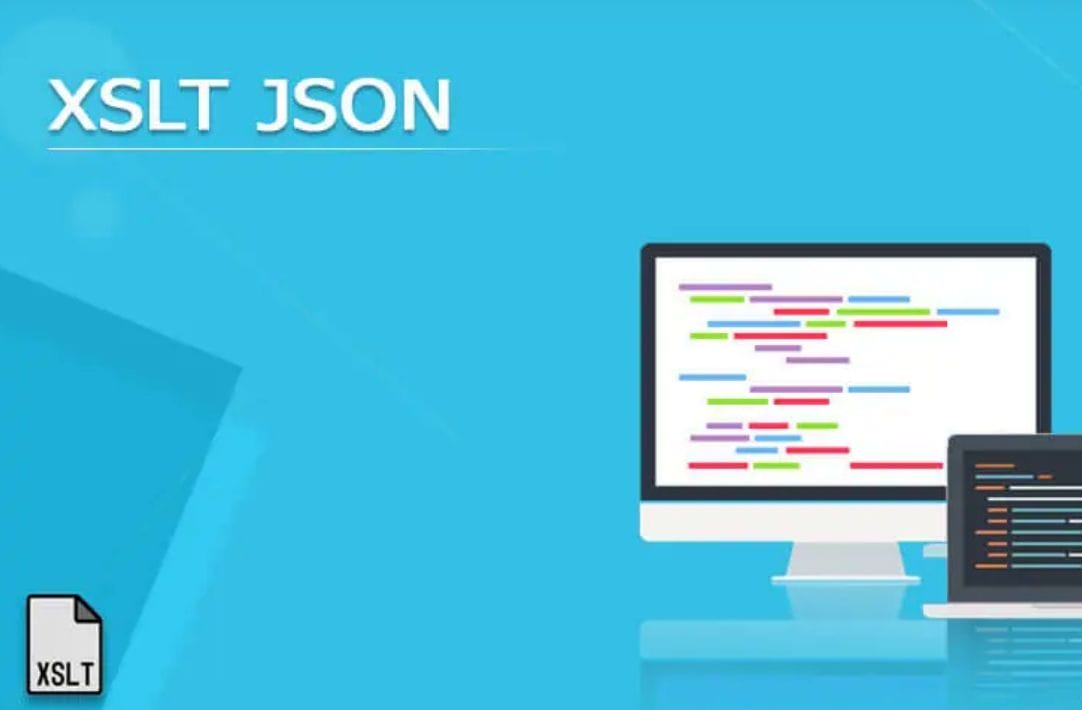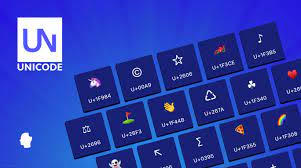Unfortunately, I still regularly run into articles on the web that misunderstand the concept of an HTTP resource. Considering it is a core piece of web architecture, having a clear understanding of what it means can make many other pieces of web architectural guidance considerably easier to understand. To try and keep this post as […]
















